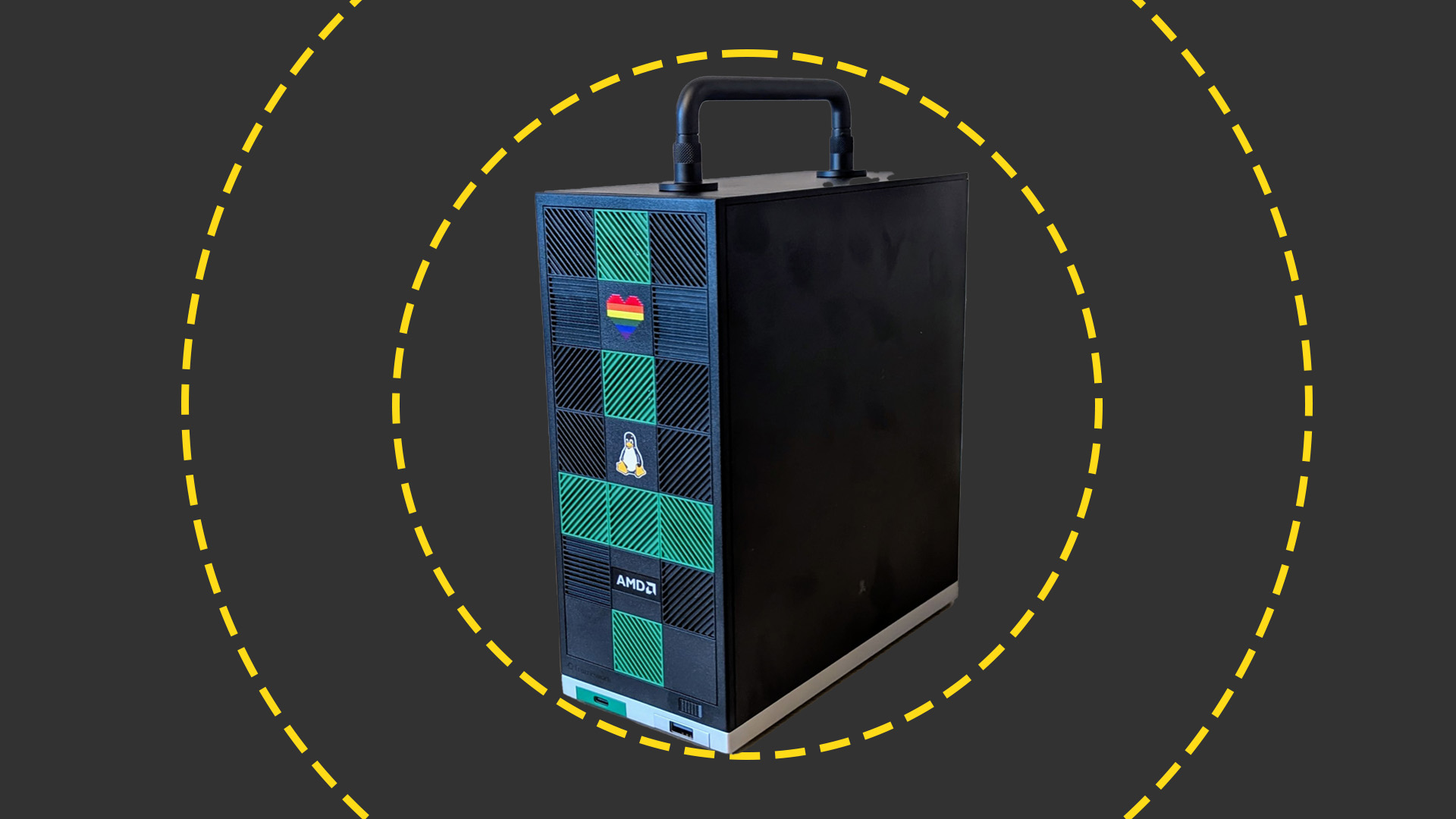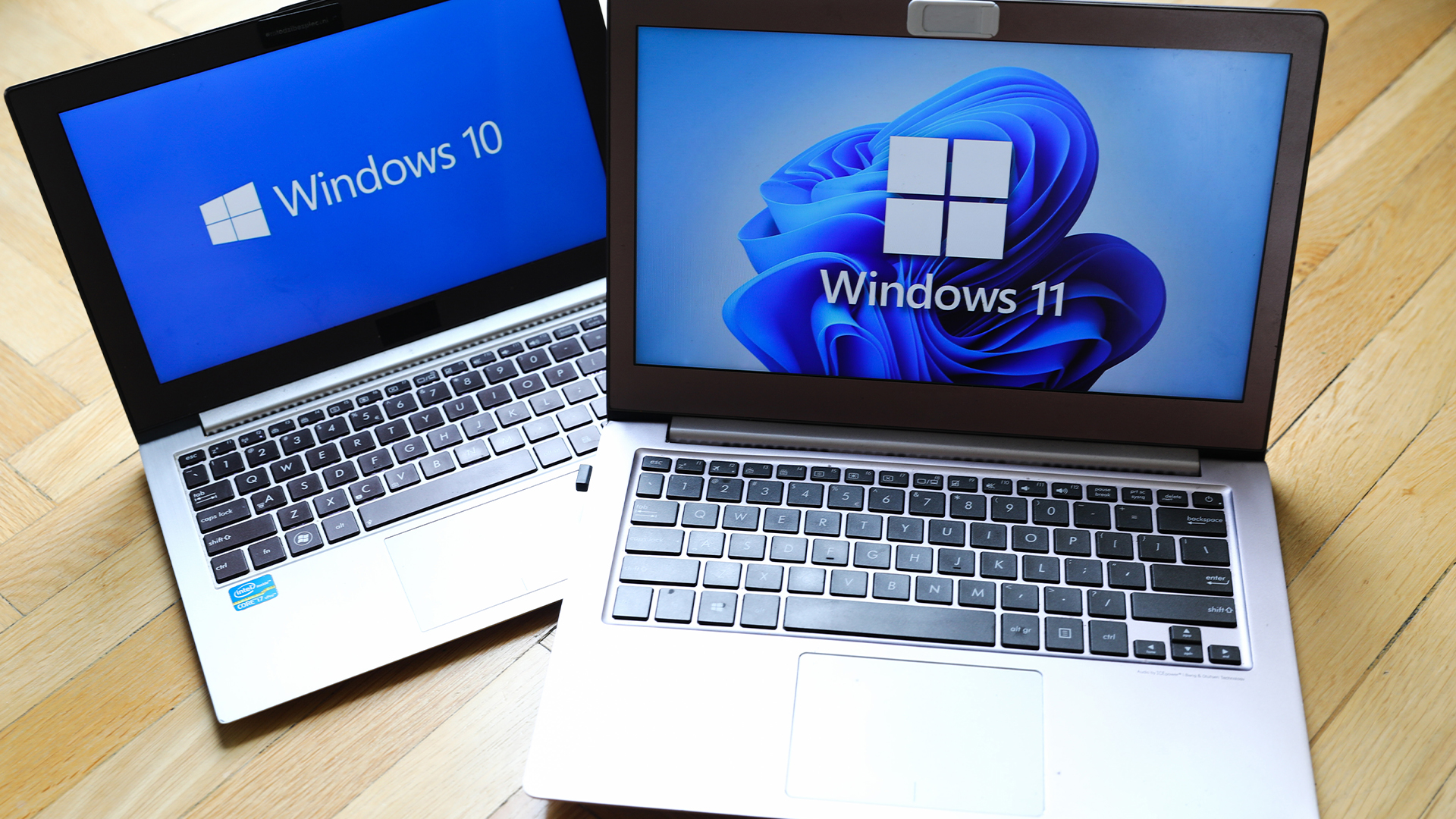Six-core shootout: What to consider when buying processors
As Intel unveil its latest multi-core processor, we look at what’s out there and get the experts' views on what businesses should consider when purchasing processors.

Whether you're replacing an old set of power-hungry servers or looking to upgrade for better security, making a decision about which multi-core processor to buy can be tricky.
There's a range of increasingly powerful multi-core processors available ranging from four-core through to twelve not to mention varying performance and TDP stats.
Intel recently unveiled its new Xeon 5600 series, a 32nm six-core processor aimed at dual processor workstations and servers that promises better performance, security and energy efficiency.
Intel claims this is its "most secure data processor" thanks to two new security features.
The first is a new set of instructions which work with AES - the standard mechanism used for most internet-based encryption like secure HTTPS - to enable faster encryption and decryption performance by accelerating the AES algorithm used commonly in security from SSL to disc encryption.
The 5600 series also includes Trusted Execution Technology (TXT) which carries out checks for rootkits.
"Within a cloud environment, you have the opportunity to take workload or virtual machines from your data centre and move them into somebody else's data centre to run," added Alan Priestley, Intel's director of enterprise marketing for Europe, the Middle East and Africa (EMEA).
Sign up today and you will receive a free copy of our Future Focus 2025 report - the leading guidance on AI, cybersecurity and other IT challenges as per 700+ senior executives
"So what TXT enables people who are offering third party services, [such as] external data centres, to be able to prove to you that their services and servers are trustworthy," he said. "TXT enables this hardware root of trust between you and a remote data centre."
Intel also claims that the new 5600 series will deliver "up to 60 per cent greater performance than the previous generation processor" or Xeon 5500 series across certain workloads.
"Turbo boost [allows] the processor to look at its power consumption and if it's not pushing the thermal envelope to its maximum, it can automatically increase the performance of the cores so that they'll run a bit hotter but they'll run faster," Priestley explained.
"We also have the ability to monitor power consumption using some software that we call Node manager," he said. "This is important because if I'm in an environment where I want to reduce my power consumption of my data centre during the night or during peak hours where I don't want to pay peak energy prices, I can actually tell the servers, you will only consume this much power today."
Picking multi-core processors
Picking processors can be difficult especially as rival AMD already has its own set of six-core processors, the 2400 and 8400 series aimed at 2P and 4P to 8P configurations which were released last year.
AMD also recently announced a new server platform including an eight-core x86 processor along with the world's first 12-core processor aimed at the high-volume 2P and value 4P server market as part of AMD's Opteron 6000 series platform.
These new Opteron 6100 series multi-core processors have a C1E power state feature to reduce processor power consumption when idle, an Advanced Platform Management Link allowing APML-enabled platforms to be remotely monitored for power and cooling, and AMD CoolSpeed technology, which reduces p-states at a specified temperature limit.
Teresa Osborne, product public relations manager fort the server and embedded division at AMD, revealed: "For example, for 2P systems, the new AMD Opteron 6100 Series processor offers up to 119 per cent performance improvement over the previous six-core platform on both integer and floating point measurements."
According to AMD, currently prices for the 6100 series processors range from $266 to $1,386. Osborne added that "additional memory is a key advantage. This new platform features 50 per cent higher DIMM capacity than earlier platforms with up to 12 DIMMs per processor. This increases the available memory overall and helps applications like virtualisation, database and HPC to benefit from the additional cores."
Intel has also unveiled its new Xeon 7500 series that are targeted for multi-processor platforms with up to eight cores inside the processor and provide up to 16 threads per socket.
Ultimately when choosing between multi-core processors, much depends on how you plan to make use them and the particular power, performance and workload demands of your business.
"Ultimately the numbers of cores available will increase. [But] it's not absolute core count that matters, it's actually the workload you can get out of any given core at any point in time that becomes important," Intel's Alan Priestley added.
"The other thing is it depends enormously on the workload on what you're trying to do with the processors. It's one thing to write a sequential set of instructions that do something, it's actually a lot more difficult to break up your program so it uses several cores. And this is what we mean when we talk about threading and multi-processing - taking advantage of these capabilities."
What type of processor should my business servers use?
AMD's Osborne had this advice: "The right processor choice is really based on how the customer uses its servers, what their primary work loads are, whether that is a database, High-Performance Computing (HPC), virtualisation, web server, or cloud applications."
She added: "When that processor plugs into a server platform, how does the platform as a whole perform on their businesses workloads? And power consumption should be looked at comprehensively as well."
Two crucial stats therefore include processing speed (usually given in GHZ) and the Thermal Design Point or TDP which represents the maximum amount of power the processor will consume and need to dissipate.
"TDP is important but is only one element of server power consumption. Customers need to look at the workload the server can deliver for that amount of power," Intel's Priestley added.
"Businesses need to understand what they're going to use it for and what sort of workload they have. Is it something that's going to be very transactionally intensive such as a database? Or is it going to be something which is sporadic in the way it's used web sites which may peak during the course of the day," he said.
He added: "So understanding what you're going to do with the product is very, very important because that would determine whether you maybe want to look at highly energy efficient devices or whether you're trying to get the most performance you can out of a platform."
Multi-core processors are likely to continue to grow more powerful with ever greater numbers of cores. But the real challenge for businesses will be to make best use of those cores through apps that use multiple cores and threading in a resource and energy efficient way.
-
 What the fragmentation of UC means for the channel
What the fragmentation of UC means for the channelIndustry Insights If communications are becoming fragmented, what does that mean for MSPs and VARs?
-
 How SMBs can DIY their IT implementation and support
How SMBs can DIY their IT implementation and supportFeature For some small and medium-sized businesses, the third-party expertise and support might be out of reach. What’s the alternative?
-
 Nvidia’s Intel investment just gave it the perfect inroad to lucrative new markets
Nvidia’s Intel investment just gave it the perfect inroad to lucrative new marketsNews Nvidia looks set to branch out into lucrative new markets following its $5 billion investment in Intel.
-
 Framework Desktop review: Modular design and ferocious AMD performance
Framework Desktop review: Modular design and ferocious AMD performanceReviews AMD's Ryzen Max CPUs debut in Framework's impressive modular self-build small-form desktop PC
-
 The US government's Intel deal explained
The US government's Intel deal explainedNews The US government has taken a 10% stake in Intel – but what exactly does the deal mean for the ailing chipmaker?
-
 US government could take stake in Intel as chip giant's woes continue
US government could take stake in Intel as chip giant's woes continueNews The move would see increased support for Intel’s manufacturing operations
-
 Dell says Windows 11 migration is a prime opportunity to overhaul ageing PC fleets – and AI devices are in the spotlight
Dell says Windows 11 migration is a prime opportunity to overhaul ageing PC fleets – and AI devices are in the spotlightNews The shift to Windows 11 means IT leaders can ditch old tech and get their hands on AI PCs
-
 AMD chief exec Lisa Su says its new Helios AI rack is a 'game changer' for enterprises ramping up inference – here's why
AMD chief exec Lisa Su says its new Helios AI rack is a 'game changer' for enterprises ramping up inference – here's whyNews The integrated hardware offering will feature upcoming AMD chips and networking cards
-
 AMD Advancing AI 2025: All the latest news and updates from San Jose
AMD Advancing AI 2025: All the latest news and updates from San JoseFollow all the news and updates live from AMD's latest Advancing AI conference
-
 What enterprises need to be Windows 11 ready
What enterprises need to be Windows 11 readySupported Hardware purchasing will play a key role in delivering success during the Windows 11 migration rush